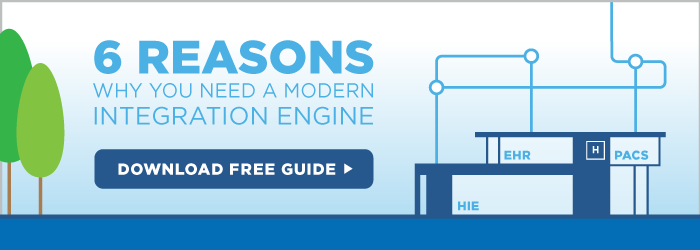In this second installment of our Most Connected Hospitals series, we’re going to focus on Patient Safety. Patient Safety evaluates a hospital’s ability to prevent harm through computerized means like automated medication dispensaries or bar-coded wrist bracelets.
Automated Dispensing Cabinets (ADCs) are computerized drug storage devices that enable medications to be stored and dispensed at the point of care while tracking and controlling drug distribution. They have become commonplace amongst most large sized acute-care and teaching hospitals.
Because of their physical footprint, incompatible feature set and complex integration needs, hospitals (other than large-sized acute care) have had limited access to ADCs. A long time iNTERFACEWARE customer, 3AM Technologies, has been helping fulfill this market and the hospitals with aspirations of becoming one of America’s most connected, with their ServeRx(TM) Medication Management System. Through their extensive use of Iguana, they are able to integrate their cabinets with a variety of applications ranging from enterprise to homegrown.
By using an ADC, not only can you have better control of your pharmaceutical distribution, you can also save nursing time by eliminating the need for manual end-of-shift narcotic counts in patient care units.
Patient tracking is another popular tool amongst Most Connected Hospitals. Patient tracking systems not only ensure your patient’s safety through real time location sourcing and improved admissions and discharge processes, they can also help reduce your patients’ average length of stay.
Teletracking, a KLAS rated Iguana customer, has helped countless hospitals improve patient flow and optimize staff productivity. Successful implementation of such a solution requires integration with solutions as diverse as your hospital EMR(s), any referring physicians or labs, and all the various departments and transportation systems within your hospital. This type of connectivity requires a robust integration solution that can deliver countless interfaces to share real-time data with varying systems, fast.
With increasing legislation and the shift towards pay per performance, hospitals need to evaluate every step of the patient footprint to ensure safety and efficiency. The right technology can significantly improve this process, but only if it is able to connect to every relevant system.
If you’re considering such tools, be sure to keep interoperability at the top of your implementation strategy to ensure you are getting your money’s worth from your solution.

